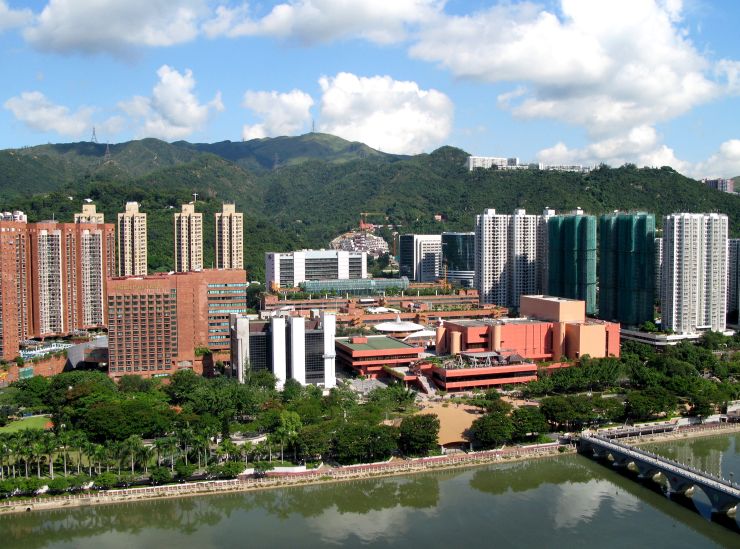Sha Tin has the most people and Wan Chai has the most well-educated residents, according to the latest report on Hong Kong’s 18 districts. Officially known as the 2015 Population and Household Statistics Analysed by District Council District report, the annual snapshot of Hong Kong society was released on Thursday.
The district with the largest population was Sha Tin, home to 660,200 people, while the Islands only had a population size of 146,900, making it the least populated district.

Households in Tuen Mun, Wong Tai Sin and Sai Kung occupied a whole flat or house, while it was more likely for residents in Yau Tsim Mong, Central & Western District and Sham Shui Po to be sharing a flat with others.
Gender imbalance?
The report also revealed that there are a lot more women than men in Hong Kong. Taking into account the domestic worker population in the city, there are only 856 men for every 1000 women.
Overall, 30.9 percent of the population in Hong Kong had never married, 58.5 percent were currently married, 6.2 percent were widowed, and 4.4 were divorced or separated. Central & Western district was found to have the highest percentage of men and women who had never married, with the figure standing at 33.7 percent.

See also: Most affluent district in HK? Not Central but Wan Chai, according to gov’t statistics
Those living in Wan Chai were the most well-educated, with 91.5 percent of the population having received secondary education or above, and 46.2 percent holding tertiary degrees. This was followed by Central & Western district, with 88.3 percent of the population completing secondary education and 43.1 percent with tertiary degrees.
The highest labour force participation rate was in Sai Kung, where 66.1 percent of the population were in the labour force, while the lowest was Kwun Tong with only 58.1 percent. The average age of workers in Hong Kong was 41.
